We are team of technical nerds, Hire Us for your next project
AI in Self-Driving
- Home
- Industries
- AI in Self-Driving
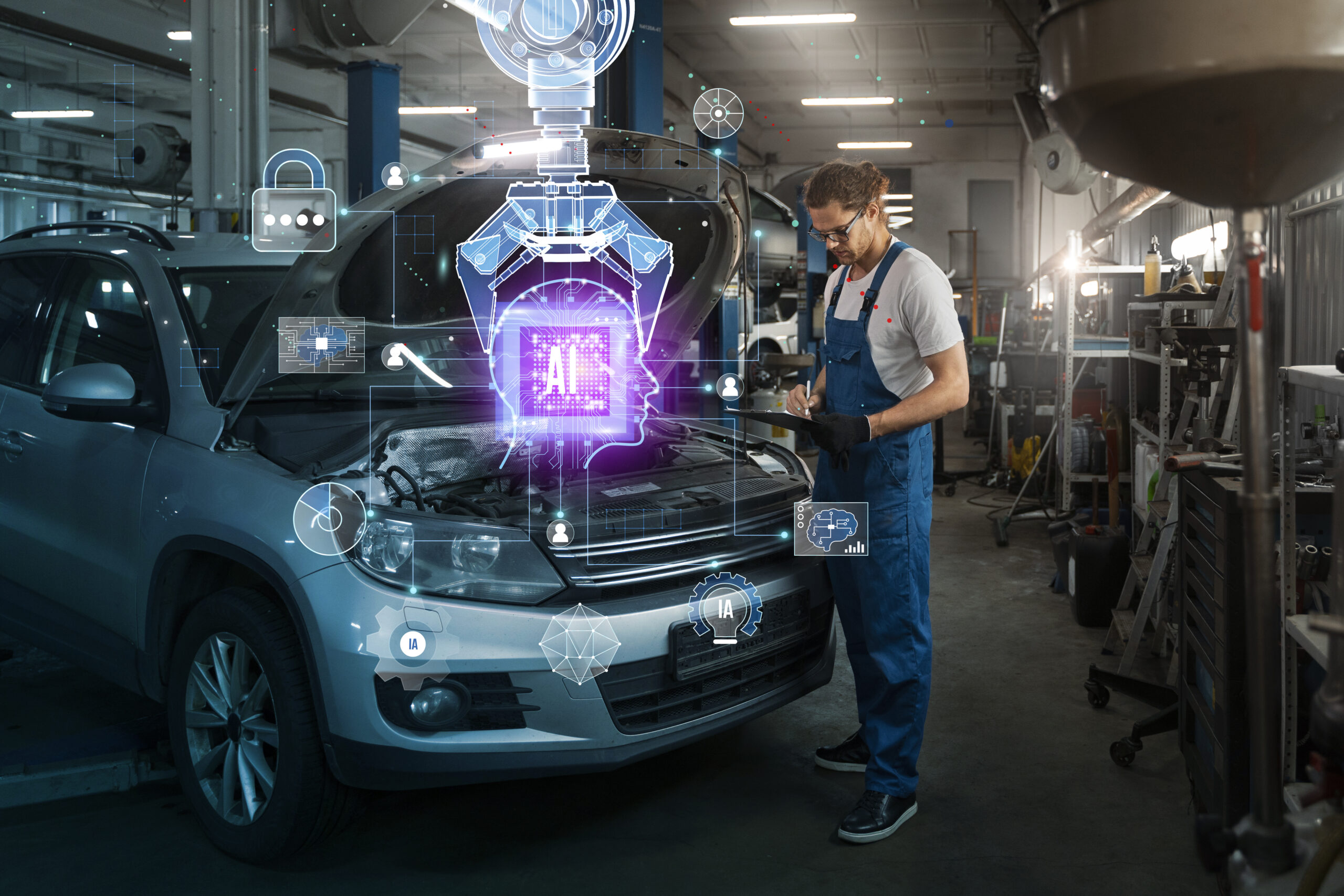
//INDUSTRIES
AI IN AUTONOMOUS VEHICLES
Annotation plays a crucial role in the development of autonomous vehicles as it involves labeling and tagging various elements within data collected by sensors. Annotation is a critical step in the development of autonomous vehicles, providing labeled data that is used to train perception algorithms and enable safe and reliable autonomous driving in diverse environments
Data Annotation for Autonomous Vehicles
Object Detection
Annotation involves labeling objects in images or video frames captured by sensors such as cameras or LiDAR. Objects may include vehicles, pedestrians, cyclists, road signs, traffic lights, and other relevant elements in the environment.
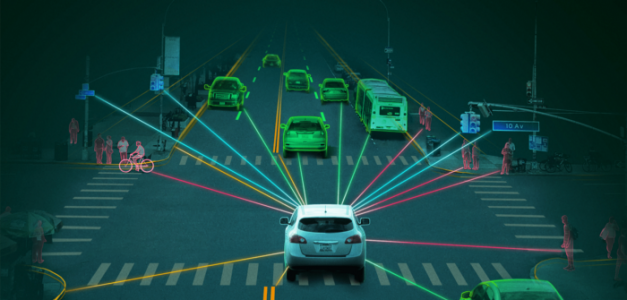
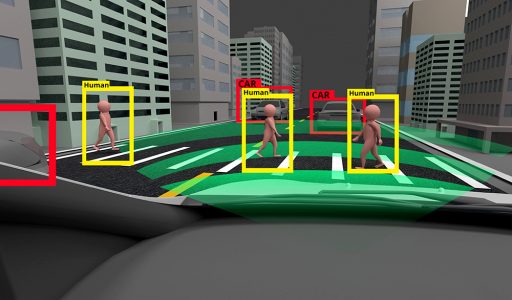
Semantic Segmentation
Annotation assigns pixel-level labels to images, distinguishing between different classes of objects and background elements. This information helps autonomous vehicles understand the semantic meaning of each pixel in the scene, enabling precise navigation and decision-making.
Instance Segmentation
Annotation identifies individual instances of objects within images, allowing autonomous vehicles to differentiate between multiple instances of the same class (e.g., distinguishing between different vehicles or pedestrians).
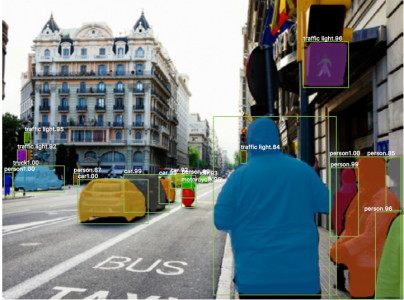
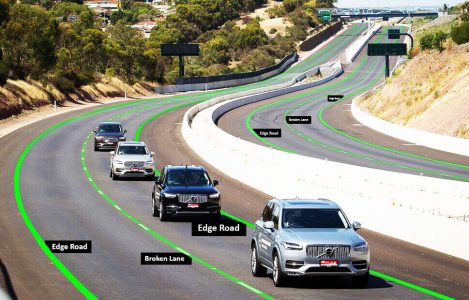
Lane Marking Annotation
Annotation involves labeling lane markings, including lane boundaries, dividers, and road edges. This information is essential for autonomous vehicles to accurately detect and follow lanes on the road.
Mapping and Localization
Annotation may involve annotating landmarks and features in maps used for localization and mapping purposes. This information helps autonomous vehicles accurately localize themselves within the environment and navigate to desired destinations.
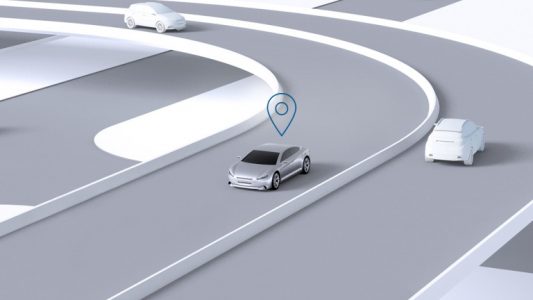
// Drop us a line! We are here to answer your queries
Let's Discuss Your Artificial Intelligence (AI) Project
//Industries
INDUSTRIES WE SERVE
RETAIL
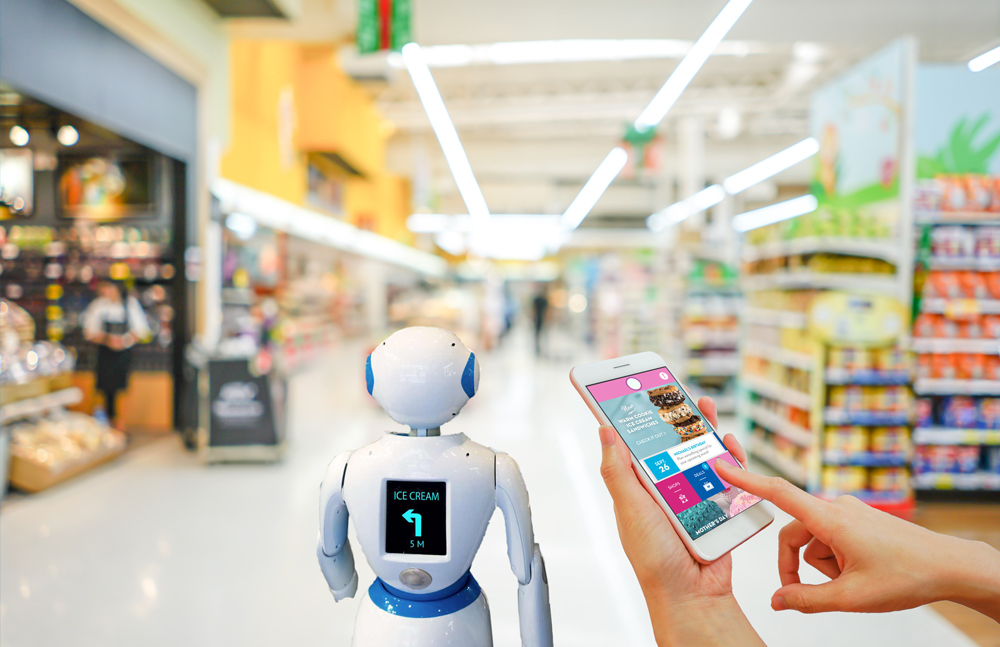 Assisting the retail and e-commerce sectors by providing training data to optimize their in-store operations through the implementation of artificial intelligence (AI).
Assisting the retail and e-commerce sectors by providing training data to optimize their in-store operations through the implementation of artificial intelligence (AI).ROBOTICS
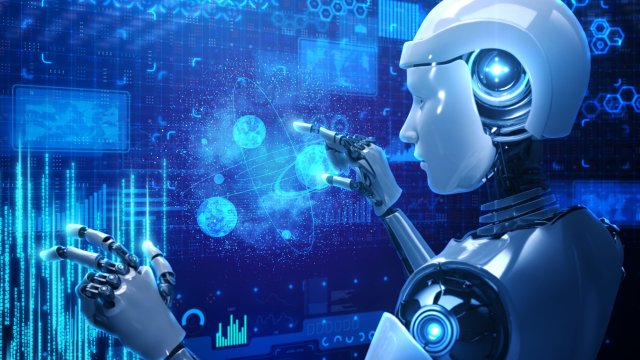 3D object detection finds extensive application in robotics, particularly to prevent collisions with dynamic entities such as humans, animals, and other objects.
3D object detection finds extensive application in robotics, particularly to prevent collisions with dynamic entities such as humans, animals, and other objects.AGRICULTURE
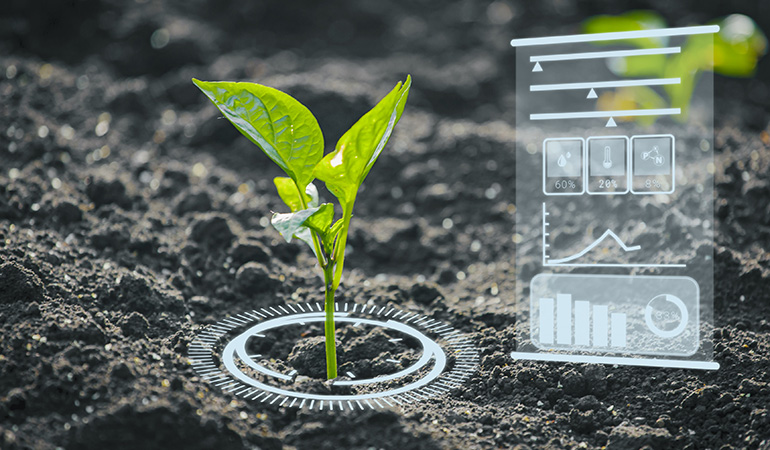 Supporting agriculture through computer vision training data involves facilitating the identification of product defects, sorting produce, managing livestock, assessing soil quality, implementing fertilizer applications, and fine-tuning genetic conditions.
Supporting agriculture through computer vision training data involves facilitating the identification of product defects, sorting produce, managing livestock, assessing soil quality, implementing fertilizer applications, and fine-tuning genetic conditions.INSURANCE
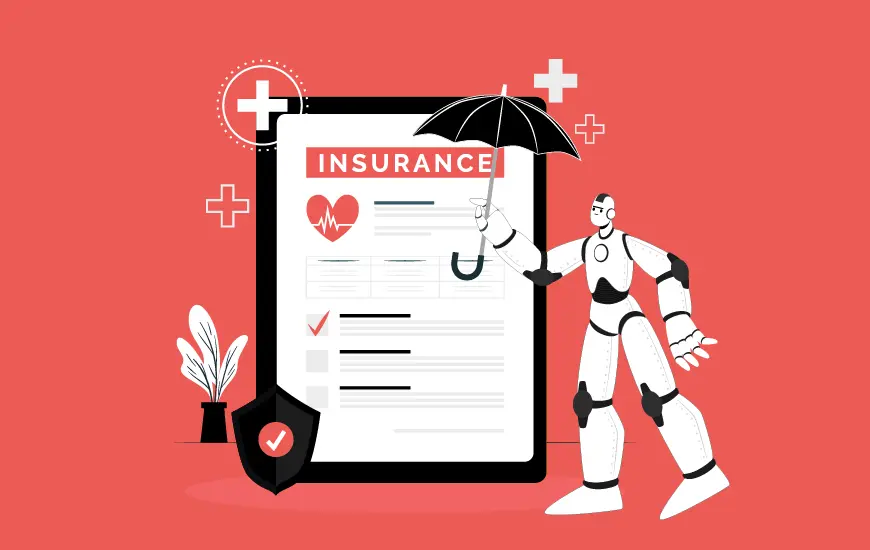 Preparing training data to integrate AI into insurance procedures for tasks such as risk assessment, fraud detection, underwriting and minimizing human error.
Preparing training data to integrate AI into insurance procedures for tasks such as risk assessment, fraud detection, underwriting and minimizing human error.HEALTHCARE
 Incorporating annotations and accurate labeling within AI systems is crucial for uncovering connections within genetic codesand enhancing efficiency in healthcare processes.
Incorporating annotations and accurate labeling within AI systems is crucial for uncovering connections within genetic codesand enhancing efficiency in healthcare processes.SECURITY & SURVEILLANCE
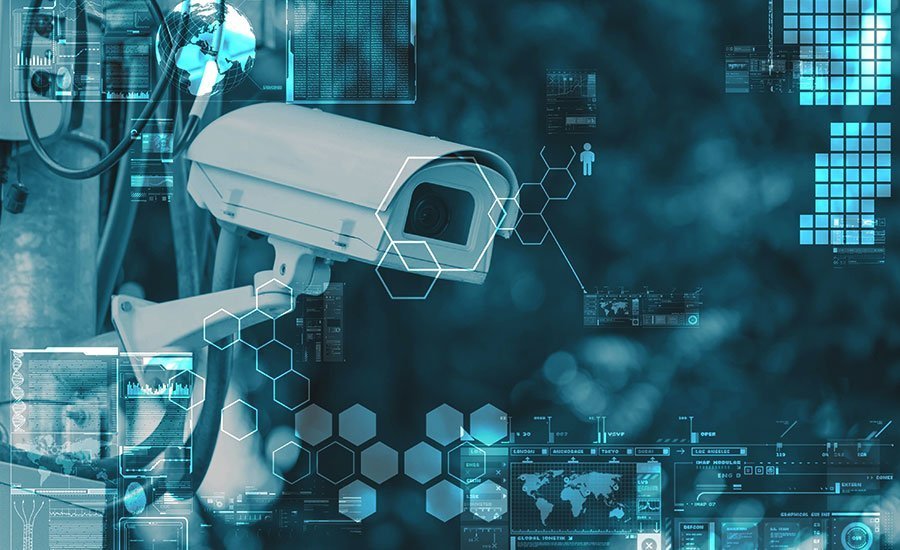 Facilitating the integration of AI into cameras and sensors enables the detection of potential risks at workplaces, airports, and industrial sites. This involves incorporating computer vision technology into security and surveillance systems.
Facilitating the integration of AI into cameras and sensors enables the detection of potential risks at workplaces, airports, and industrial sites. This involves incorporating computer vision technology into security and surveillance systems.SELF-DRIVING
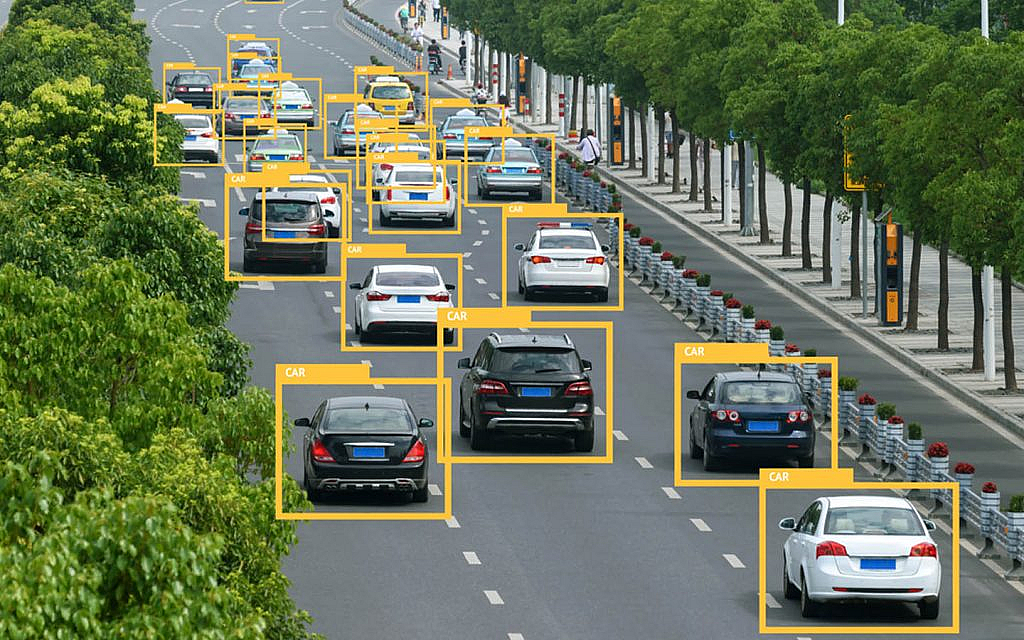 Bounding boxes serve to annotate the surroundings of a vehicle, aiding in the detection of various objects including pedestrians, vehicles, traffic signs, and barriers.
Bounding boxes serve to annotate the surroundings of a vehicle, aiding in the detection of various objects including pedestrians, vehicles, traffic signs, and barriers.LOGISTICS
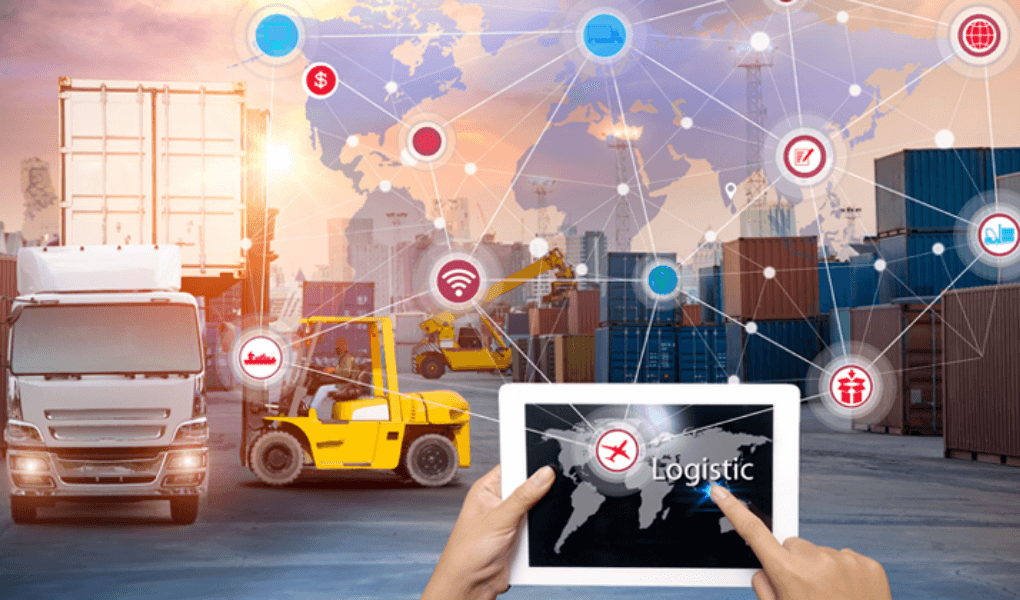 Logistics represents one of the growing areas of artificial intelligence application. We specialize in annotating images of goods to generate high-quality training data utilized in logistics.
Logistics represents one of the growing areas of artificial intelligence application. We specialize in annotating images of goods to generate high-quality training data utilized in logistics.AUTONOMOUS FLYING
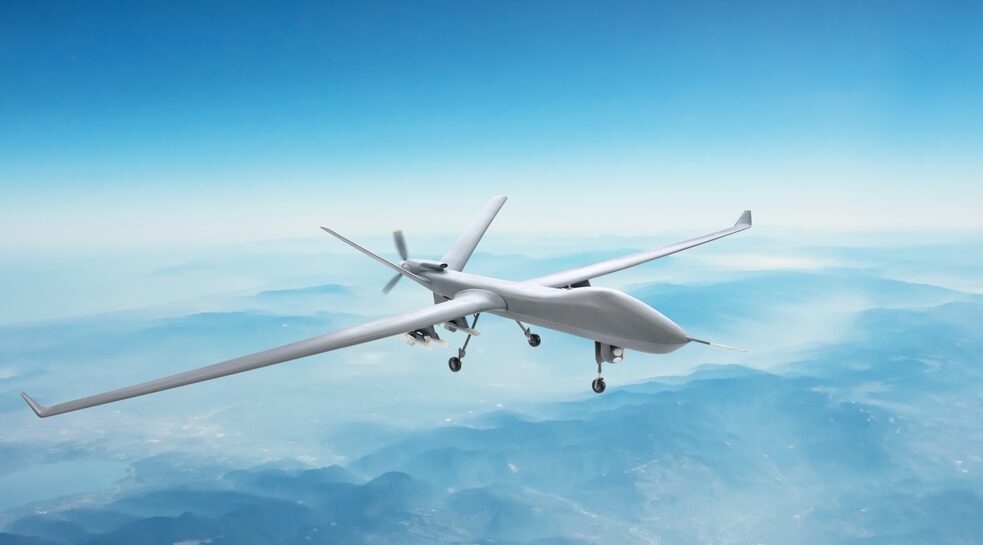 Simplifying and broadening access to AI implementations for automated or assisted flight can be achieved by leveraging image annotation conducted at the backend using training data specifically tailored for autonomous flying.
Simplifying and broadening access to AI implementations for automated or assisted flight can be achieved by leveraging image annotation conducted at the backend using training data specifically tailored for autonomous flying.






